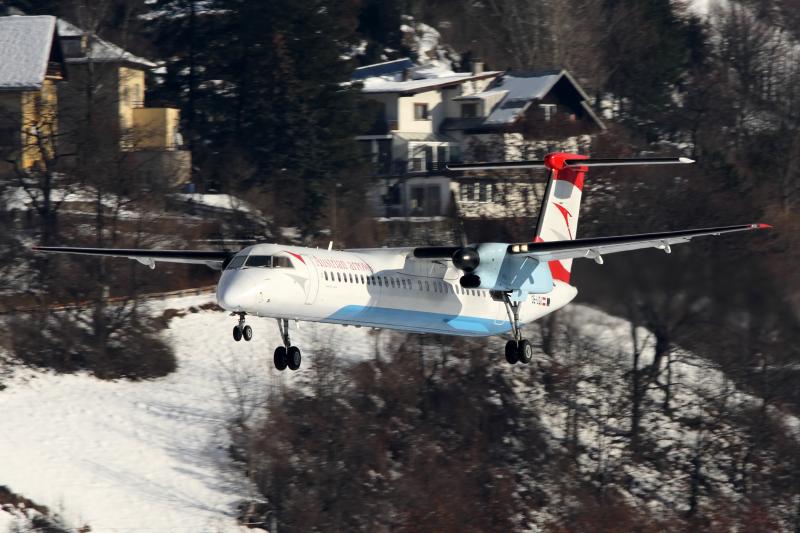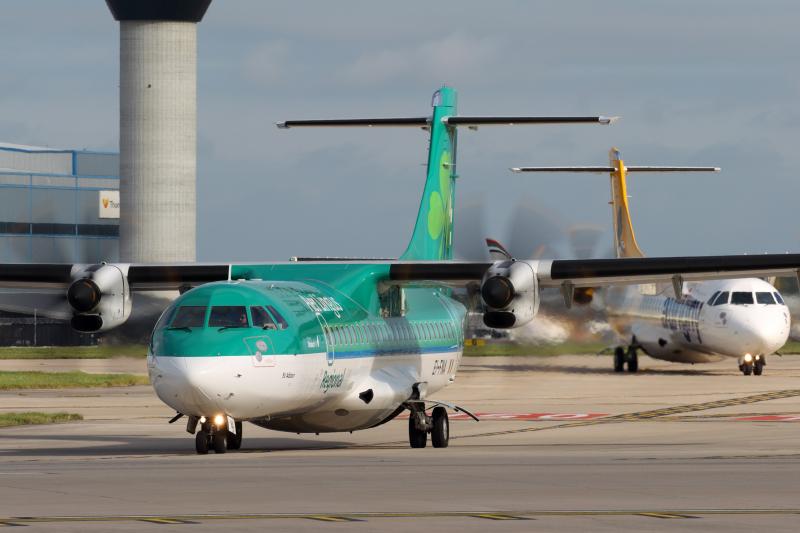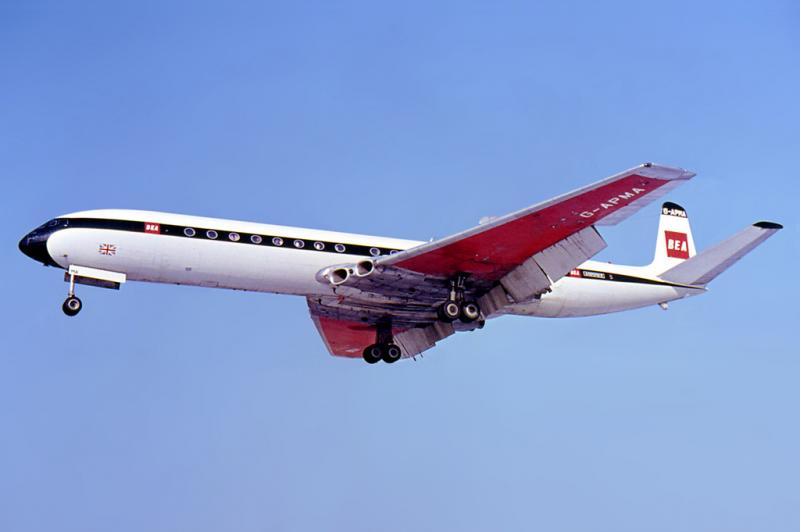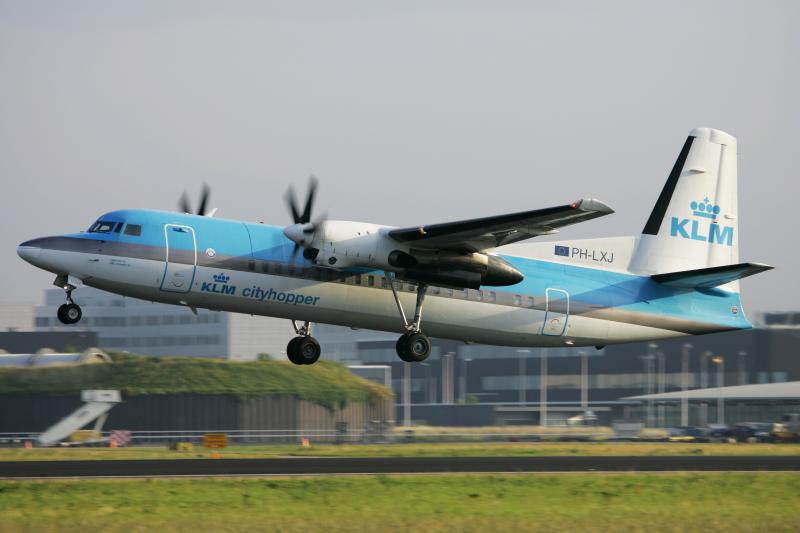In a world dominated by jet-powered airliners only two turboprop manufacturers remain. But what are turbine-driven propeller aircraft good at and why do they continue to survive in today’s commercial aviation industry?
With the days of large piston-powered airliners long gone, the air transport industry is now dominated by two distinct types of powerplant: the turbofan and the turboprop.
The former option is the most modern iteration of a jet engine and can be found on the majority of airliners produced since the 1960s – apart from Concorde, which notably used Rolls-Royce turbojet powerplants.

The idea of a turboprop is a simple one: a small jet engine is utilised to drive a shaft, which through a reduction gearbox, then drives a propeller. But that raises the question of why some aircraft even need rotor blades at all and why all aircraft can’t be driven by a straightforward jet engine.

ATR and Canadian airframer De Havilland - under the ownership of Viking Air - are the two main players in this market segment. The Toulouse-based manufacturer produces two turboprop aircraft, the 50-seat ATR 42 and larger 70-seat ATR 72 variant, while the Sindney-based firm offers its Dash 8 line of aircraft.
Turboprop Usage
When compared with turbofans, turboprops are most efficient at flight speeds below 450mph (390kts). Contrasted with their piston-powered counterparts, they also provide a greater power-to-weight ratio – which allows for shorter take-off runs and improved reliability.
The application of turboprops is primarily focused on regional connectivity – the process of flying routes to smaller destinations and linking passengers to a larger network of locations.

Prior to its demise, UK regional airline Flybe was one of the largest operators of the Dash 8-400 aircraft, at its peak flying more than 50 of the type to destinations across the country. The turboprop worked very well for the carrier and in a 2018 fleet review, the firm concluded that it was “the best core aircraft” and described it as “faster than the alternative turboprops, with a performance close to jet aircraft over the relatively short sectors that Flybe operates.”
Advantages of Turboprops
For shorter routes, usually below 300 miles and especially those that don’t reach higher altitudes, turboprops are much more efficient than jets. The service ceiling of most commercial examples is below 30,000ft because of limitations associated with propeller blades. For sectors that are too short to climb above this height, jet aircraft become the less effective solution because they come to be most efficient at high altitude.

The increased power-to-weight ratio comes into play at take-off and landing and is the main reason why aircraft of this type perform well at airports with unimproved runways. ATR 42/72s and Q400s are used all the time at facilities around the world with gravel and grass runways – a jet-powered example would not be very suitable because of the positioning of the engines and the risk of ingesting debris.
Jet Competition
A constant battle that turboprops face, however, is with the travelling public and a perception that they are inferior in some way. This notion may even be linked back to the PR and marketing efforts undertaken by airlines as the industry entered the jet age which said that anything with a propeller, regardless of whether it had a jet engine or combustion engine powering it, was simply not as good.

Turboprops can still compete in a world dominated by jet-powered aircraft because their cost to operate is lower and they can fly where their counterparts cannot. This is especially prevalent in developing nations, which don’t have access a plethora of long paved runways.

There are now only two major players in the turboprop world, after other manufacturers such as Saab, Dornier and Fokker exited the market when regional jets started taking off in the 1980s and 1990s.

Jet-powered alternatives have now seized the majority of the regional market, but there remains a sizeable space for turboprops and it’s unlikely this will change anytime soon.

